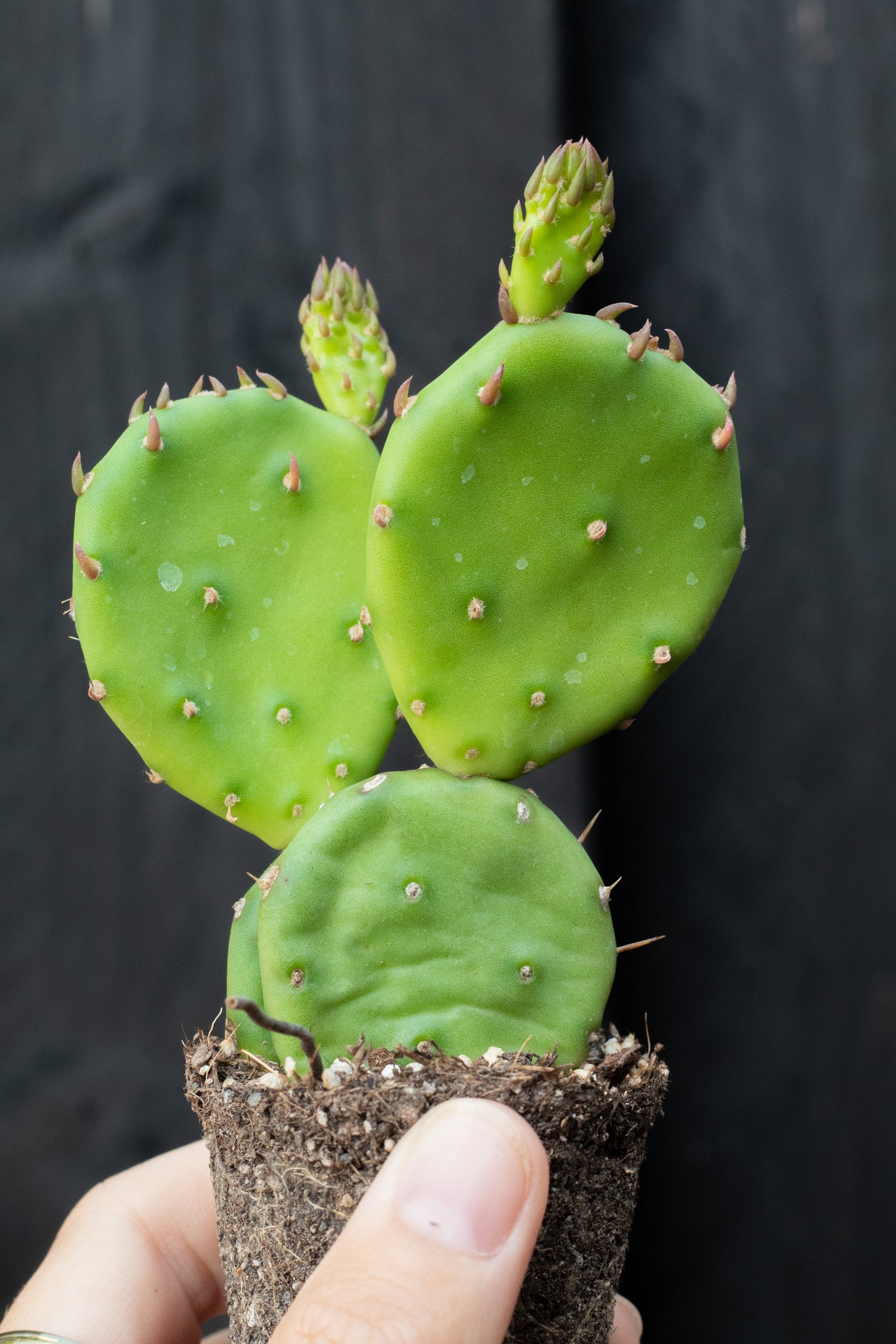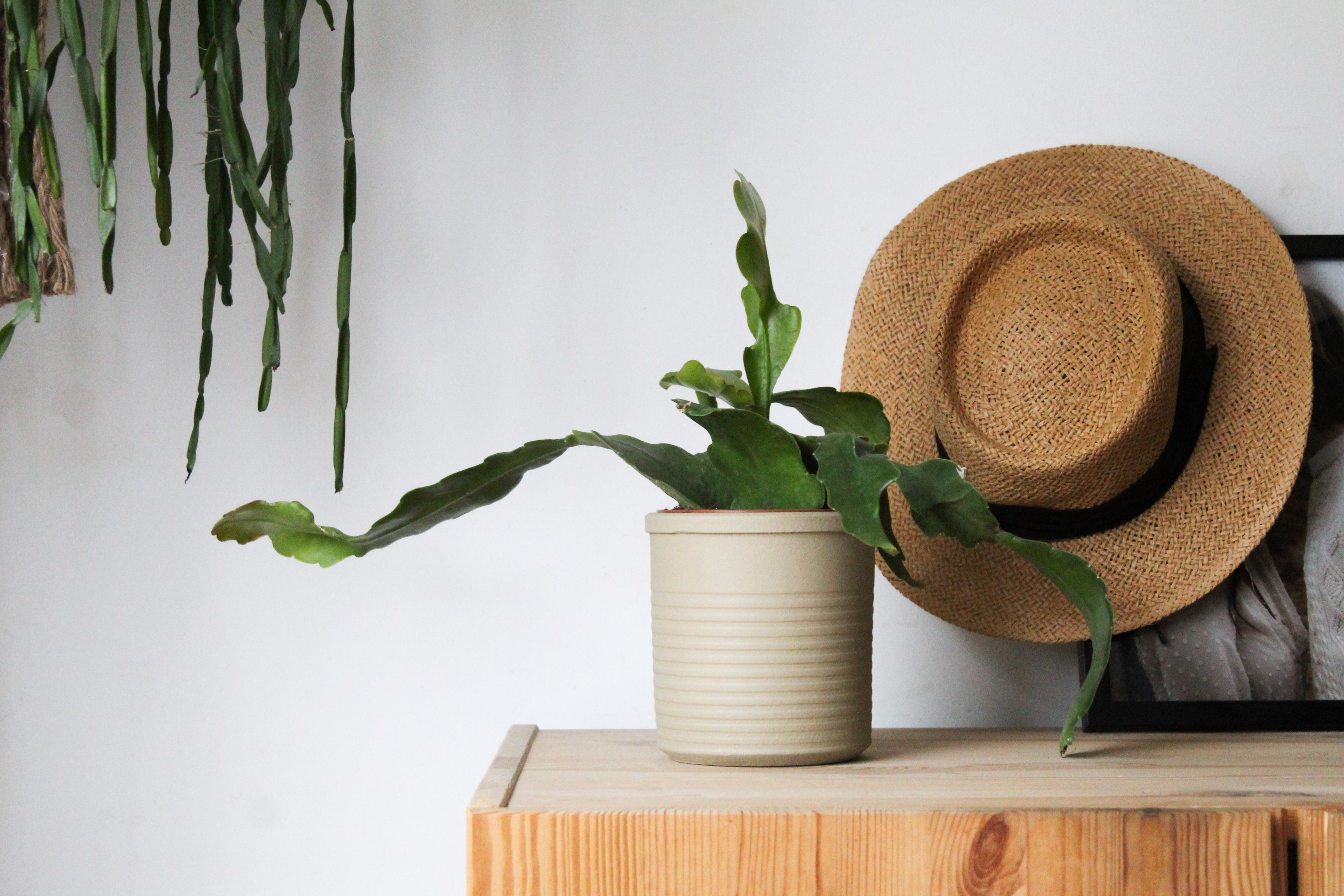Carrots. How do I check the roots of my cacti and succulents?
In this blog, we will talk about the roots of your cactus or succulent plant. Naturally, you look at the part of your plant that is above the soil all day long. But the roots are also very important to check occasionally.
How often do we recommend doing a root check?
The roots are a very important part of your cactus or succulent plant. This allows your plant to absorb nutrition and moisture from the soil. It is therefore essential that you check this sometimes. The roots can also give you a good indication of whether your cactus or succulent plant needs to be repotted. More about this in our repot blog.
We recommend checking the roots of healthy cacti and succulents twice a year. Once in the spring and once in the fall.
Why? In the spring, your cactus or succulent will grow again, and you should water the plant more often. Then it is good to know whether the roots are healthy, and they can absorb the water. Otherwise, your plant may remain in the wet soil for too long and root rot will occur.
In the autumn your cactus or succulent plant stops growing, and it is nice to know whether the plant enters the rest period with a healthy root system. If this is not the case, you know that you need to keep an extra eye on the plant.
Do you have plants that don't start growing in the spring? Then it is also useful to look at the roots. Of course, it doesn't have to be the reason that growth is lagging behind, but it's nice that you can cross that off your list.
How do I recognize healthy roots?
A healthy root system regularly grows throughout the entire pot and has many root hairs along the lateral roots (this can be seen in the first two photos). In succulent plant species such as: Aloe and Haworthia species, you regularly see the yellow growing points (if the roots are healthy, this is clearly visible in the 3rd and 4th photos). The hair roots are much smaller, less visible and grow along the entire head and lateral root.
Because the bottom of the root ball often contains the most moisture, you want the roots of your cactus to root well (visible in photo 5). When part of the root ball has good roots, you can stimulate root growth towards the bottom of the pot by moistening the bottom 3-4 cm of the root ball. Read below how to best do this.





How to recognize ON healthy carrots?
Unhealthy roots are typically dark brown in color, porous when you rub them, and do not show new root tips and root hairs. To give a good example of this, we have placed two root balls of the same species next to each other. Photo 1 with a healthy root system and photo 2 with an unhealthy root system. We took these photos in the summer. The plant in photo 1 is growing well, the roots have a light color and show many hair roots. The growth of the plant in photo 2 is stagnant, and the roots are largely dark brown in color. There are also only a few new roots and hair roots visible. Large parts of the roots of this plant are dead.


What to do when unhealthy roots?
What we recommend for an unhealthy root system such as the plant in the photo above: Remove the plant from the pot and remove all dead parts of the roots. This is of no use to the plant, and these roots may contain fungi, causing even more parts of the roots to die. You can also remove the soil surrounding the healthy roots. The plant can then be potted up again in new soil.
We also recommend that in this case only moisten the bottom 3-4 cm of the root ball. This promotes root growth towards the bottom of the pot. If you place the cactus or succulent plant with the bottom of the pot in a bowl of water, you can easily moisten the lower part of the root ball.

Hopefully this has given you a good idea of what healthy roots should look like on your cactus or succulent plant. But also what you can do to promote root growth.
If you have any questions about the roots of your cactus or succulent plant, you can always contact us Contact contact us.



